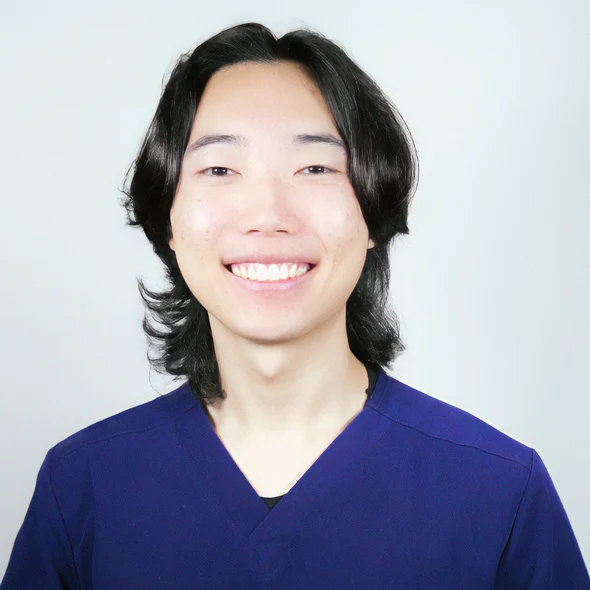What Happens During a Stroke?
When a stroke occurs, the brain’s supply of oxygen is temporarily interrupted. This lack of oxygen can cause significant damage to brain tissue. The longer the oxygen supply is cut off, the more severe the damage becomes. Without oxygen, the brain cannot nourish itself or remove toxic waste, leading to the death of brain cells.
As a result, the surrounding brain tissue swells and becomes inflamed, worsening the damage. Many stroke patients experience functional impairments that prevent them from leading a healthy life.
How Does a Hyperbaric Oxygen Chamber Help Stroke Patients?
After a stroke, brain tissue often becomes damaged, affecting basic functions necessary for daily life. The primary benefit of hyperbaric oxygen therapy (HBOT) is to improve blood flow to the damaged areas of the brain. Blood carries essential nutrients and oxygen that promote healing. When tissue is damaged, the body naturally sends more oxygen to the affected area.
However, the body’s natural response may not be enough, which is where HBOT comes in. The hyperbaric chamber operates at up to three times normal atmospheric pressure, increasing the amount of oxygen and blood delivered to the damaged tissue. This enhanced blood flow helps reduce inflammation and swelling, promoting healing.
The increased oxygen supply can also improve cognitive functions, leading to better memory, speech, and even eyesight. HBOT can help restore quality of life for stroke survivors by supporting recovery in multiple areas.
Can Hyperbaric Oxygen Therapy (HBOT) Return Someone Completely Back to Normal?
The degree to which HBOT can restore brain function depends on the extent of the stroke and the damage done. Each stroke and its effects are unique, so treatment must be tailored to the individual’s needs. While we cannot guarantee a full recovery, we can confirm that increased oxygen flow through HBOT will stimulate the healing process.
As healing progresses, patients may notice improvements in cognitive abilities, speech, vision, and memory. These improvements can significantly enhance daily functioning, making life more manageable.
Are There Any Possible Side Effects?
Every person’s body responds differently to HBOT. Common side effects include ear discomfort, similar to the sensation experienced during takeoff on an airplane or when ascending a mountain. This happens as your body adjusts to the increased pressure. Typically, the ears will “pop” on their own to relieve the pressure.
Other mild side effects include feeling lightheaded or dizzy, which is also a normal response to the higher pressure. If you have any concerns or questions about HBOT, feel free to contact us at NorCal Brain Center. We can help determine if you are a candidate for HBOT and explain the treatment in more detail.







